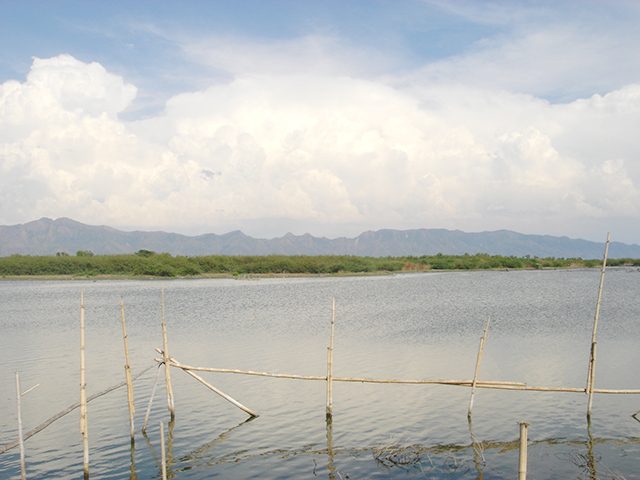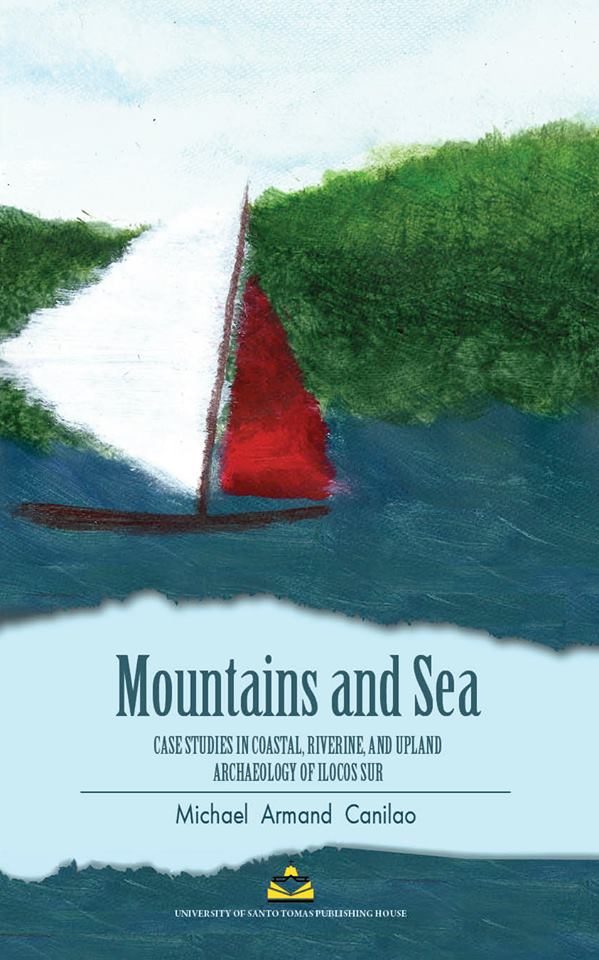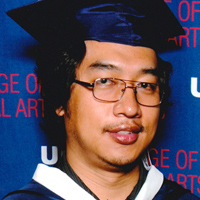SUMMARY
This is AI generated summarization, which may have errors. For context, always refer to the full article.

“I have two gold trade ships plying between here and the Chinese country trading in porcelain. I have commercial connections with the King of Puanpuan, my relative in that Chinese land. My boat sampan has gone there on a voyage, and probably now it has returned with its cargo of porcelain.” (from Biag ni Lam Ang original in Ilocano translated into English by Leopoldo Yabes 1958: 320)
These lines from the epic Biag ni Lam Ang conjure up a scene from a time when there was vibrant trade and exchange carried out between the Ilocos coasts and Asian markets across the seas. Biag ni Lam Ang is a core Ilocano and Cordillera tradition that has multiple interpretations largely due to its very nature as an orally- transmitted piece of history, constantly being reinterpreted over time. Yet core elements of the story allow us to piece together the bigger puzzle, which is the all-important role of what is now the Philippine archipelago in a vast Indian Ocean World trading system stretching between East Africa and Japan that was in full operation between the 10th to the 16th c.
But all-conclusive knowledge about pre-Spanish contact Ilocos Sur has largely remained conjectural in nature compared to historical period Ilocos Sur (16th to 20th c). At the onset of the Spanish contact period in the Philippines (late 16th c), various written accounts do allude to the olden role of Ilocos Sur as a coastal maritime trading center, where upland products were bulked then traded to Asian traders who regularly stopped in Ilocos ports to unload trade ware ceramics and other products in exchange. Much of what we know about this important early cultural period is mostly based on some written records and oral traditions but thanks to archaeology, we can now arrive at more evidence- based conclusions.

The Ilocos Sur Archaeology Project or ISAP was deemed to be the first concrete step employing systematic regional archaeology towards understanding the pre-Spanish contact Ilocos settlements. The sustained archaeological surveys and excavations of 2011 and 2012 were undertaken with the objective of trying to understand the role of this Northwesterly flank of Luzon Island in an intricate overseas maritime trade network. A basic research objective was the documentation of archaeological sites in the province of Ilocos Sur. So far, the municipalities of Santa, Caoayan, San Juan, Cabugao, Sinait, Quirino, Alilem, Sugpon and the City of Vigan have been visited as part of the project. The Ilocos Sur Archaeology Project or ISAP was supported by the Provincial Government of Ilocos Sur (PGIS) in partnership with the University of the Philippines Archaeological Studies Program (UP-ASP) and the National Museum (NM).
The book “Mountains and Sea: case studies in coastal, riverine, and upland archaeology of Ilocos Sur” published by UST Publishing House (2015) presents the analysis of archaeological data unearthed through the Ilocos Sur Archaeology Project. The book suggests a “golden” (literally) role of Ilocos and the whole flank of Northwestern Luzon in the Indian Ocean World trading system writ- large. It is important to state that the Philippine archipelago is part of the fabled Subvarnadhipa or Islands of God which includes parts of present-day Philippines and Indonesian archipelagos. Bulked gold from lode mines in the Cordilleras and panning sites along the Abra river drainage basin was brought to Ilocos to be shipped overseas.
The book attempts to fully account for the three geographic milieus of Ilocos- – its rugged mountains, its deep blue sea, and linking the two the Gran Abra River- – akin to an umbilical cord. The first section deals with the interpretation of archaeological evidence from a coastal archaeological site, which appears to be the ancient village of Calanutian, the natal village of Lam Ang’s wife Ines Kanoyan. The second section presents an analysis of mortuary traditions that are centuries old in upland Ilocos Sur including one that has never been documented before called the Patiacan tradition. The Patiacan tradition features an upright hollowed up cylindrical mummy receptacle. Finally, the third section is a discussion of the role of the Biray water craft, which is the functional equivalent of Lam Ang’s sampan. Spanish accounts also called this vessel as virey and casco. This section is inspired by the discovery of a century old Biray hull- ribbing at Pandan, Caoayan along the Abra River. The section provides a rumination of the pre 16th c, pan-Asian sailing chart of this vessel, which passes by Southern China, Annam (Vietnam), Siam (Thailand), and Khmer (Cambodia). The book also includes turn of the century photographic plates courtesy of the Field Museum of Natural History (Chicago) and the University of Michigan Museum of Anthropological Archaeology.
This book would be of immense interest for scholars of Ilocos history and archaeology, chiefdoms, post-colonial archaeology, mortuary analysis, ancient maritime traditions, etc. The book is published by UST Publishing House and order inquiries can be sent via email to this address (ustph.info@gmail.com). – Rappler.com
 Michael Armand P. Canilao (migscanilao@gmail.com) served as the Director of the Ilocos Sur Archaeology Project in 2011 and 2012. He is a PhD Anthropology student at the University of Illinois at Chicago. He completed an MA in Anthropology at the University of Illinois at Chicago and an MA in Archaeology at the University of the Philippines Diliman. He has a Bachelor’s Degree in Social Sciences majoring in Anthropology and Economics from the University of the Philippines Baguio. His first book, Of Gold, Spanish Conquistadors, and Ibaloi Generational Memory (2011) was published by the Cordillera Studies Center University of the Philippines, Baguio with support from the Spanish Program for Cultural Cooperation. His papers on gold have appeared in the journals Hukay and Agham Tao. An article contribution is also included in Yale Southeast Asia Monographs (2015). He was a lecturer at the Archaeological Studies Program of the University of the Philippines Diliman and at the Department of Sociology and Anthropology of the Ateneo de Manila University.
Michael Armand P. Canilao (migscanilao@gmail.com) served as the Director of the Ilocos Sur Archaeology Project in 2011 and 2012. He is a PhD Anthropology student at the University of Illinois at Chicago. He completed an MA in Anthropology at the University of Illinois at Chicago and an MA in Archaeology at the University of the Philippines Diliman. He has a Bachelor’s Degree in Social Sciences majoring in Anthropology and Economics from the University of the Philippines Baguio. His first book, Of Gold, Spanish Conquistadors, and Ibaloi Generational Memory (2011) was published by the Cordillera Studies Center University of the Philippines, Baguio with support from the Spanish Program for Cultural Cooperation. His papers on gold have appeared in the journals Hukay and Agham Tao. An article contribution is also included in Yale Southeast Asia Monographs (2015). He was a lecturer at the Archaeological Studies Program of the University of the Philippines Diliman and at the Department of Sociology and Anthropology of the Ateneo de Manila University.
Add a comment
How does this make you feel?
There are no comments yet. Add your comment to start the conversation.